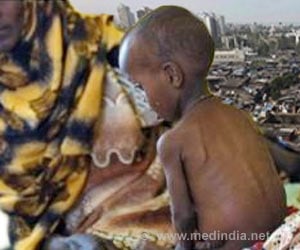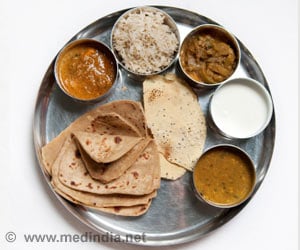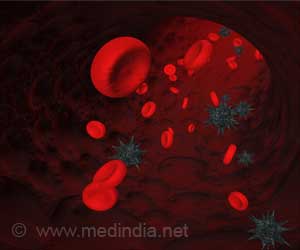India’s global hunger index score of 28.5 is worse than the developing country average score of 21.3

‘Though hunger levels in developing countries have fallen 29% since 2000, efforts to curb hunger must be accelerated in order to meet an international target to eradicate hunger by 2030.’





India ranked behind Nepal, Sri Lanka, Bangladesh but ahead of Pakistan and three other Asian countries. It was positioned at 80 out of 104 countries the previous year.While India has improved its score on various parameters over the past few years, two out of five children below five years of age are stunted in India. Stunting measures chronic malnutrition and affected children’s height would be considerably below the average for their age.
The country had only the fifth highest rank in the whole of Asia, better than only North Korea, Pakistan, Timor-Leste and Afghanistan.
Nepal, Sri Lanka, and Bangladesh had higher ranks among 96 countries than India’s. Also, India had the lowest rank among BRICS nations, with Brazil in the top.
If hunger continues to decline at the same rate it has been falling since 1992, around 45 countries, including India, Pakistan, Haiti, Yemen, and Afghanistan will still have ‘moderate’ to ‘alarming’ hunger scores in year 2030, far short of the United Nations’ goal to end hunger by that year.
Advertisement
“India is slated to become the world’s most populous nation in just six years, and it’s crucial that we meet this milestone with a record of ensuring that the expected 1.4 billion Indians have enough nutritious food to lead healthy and successful lives,” said P K Joshi,IFPRI director for South Asia. “India is making tremendous progress – but we have significant challenges ahead.”
Advertisement
"When cereals are available, there may not be adequate intake of pulses, and the way food is distributed within a household may also contribute to nutritional deprivation," he said.
Data presented in the report showed that on each of these indicators, India has made progress over the past few years. At the end of 2016, around 15% of the country’s population was undernourished, down from 17% at the end of 2009.
Similarly, prevalence of wasting in children has declined from 20% in 2010 to 15% in 2015. Stunting in children below the age of five has also declined from 48% to 38.7%, while the under-five mortality rate has declined from 6.6 to 4.8 over the same period.
But, despite this improvement in score, which reflects an improvement on hunger and nutrition, the report argued that even if hunger were to decline at the same rate as it has since 1992, India will still have ‘moderate’ to ‘alarming’ hunger scores in 2030.
“Simply put, countries must accelerate the pace at which they are reducing hunger or we will fail to achieve the second Sustainable Development Goal,” said IFPRI Director-General Shenggen Fan. “Ending global hunger is certainly possible, but it is up to all of us that we set the priorities right to ensure that the government, the private sector and civil society devote the time and resources necessary to meet this important goal.”
Globally, the Central African Republic, Chad, and Zambia were estimated to have the highest levels of hunger.
For the developing world, the GHI score is estimated to be 21.3 which, according to the report, is at the lower end of the ‘serious’ category.
According to the report, there are some “bright spots” in the fight to end world hunger.
It estimates that the level of hunger in developing countries has fallen by 29% since 2000, with 20 countries reducing their GHI scores by around 50% each since 2000.
Source-Medindia










